While many European capitals proudly show their history, Chisinau’s stories remain largely unknown.
“Right now, we are rediscovering Chisinau,” says Anetta Dabija
With around half a million inhabitants, Moldova’s capital is buzzing with life. Many Moldovans are moving to this city from villages, but only a few know about the city’s tales.
“Right now, we are rediscovering Chisinau,” says Anetta Dabija, the driving force behind the local NGO Save Chisinau, which focuses on preserving history and old architecture. “There is a lot of information missing in the history of Chisinau. We live in Chisinau but don’t know much about it,” Anetta explains.
With the help of enthusiasts like her, we discovered some of the stories of this city. As tourists, we often needed to dig up the history ourselves. So why not share these tales?

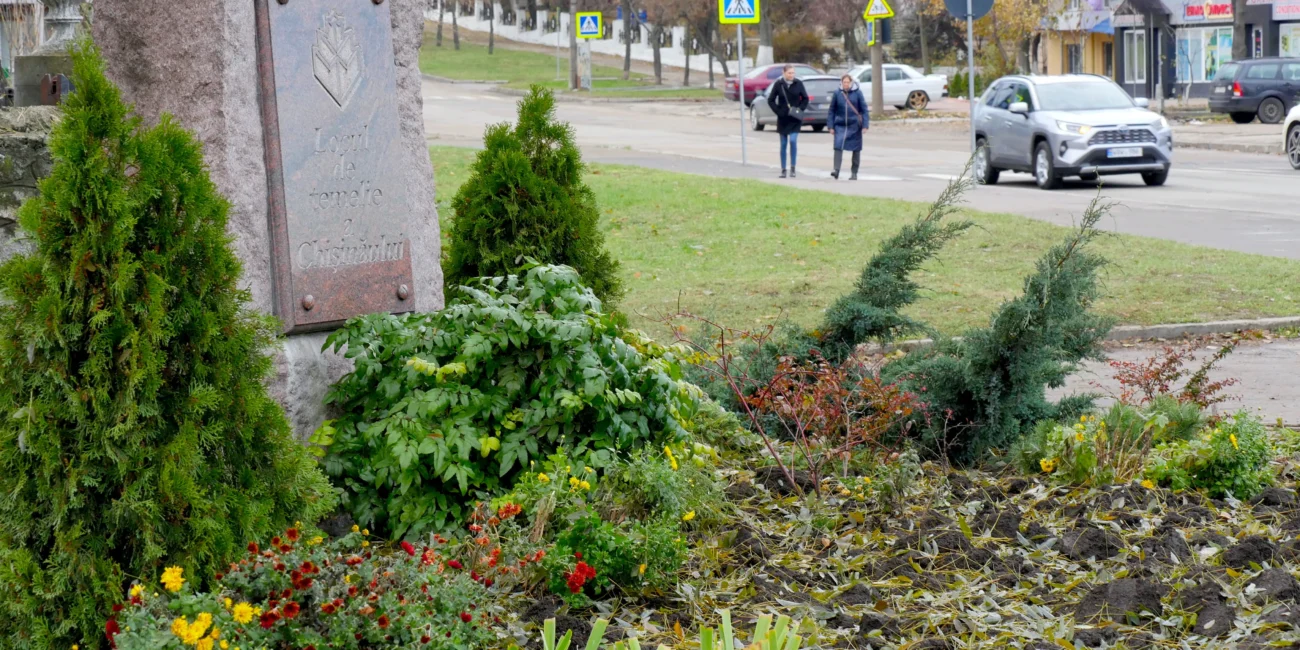
The Beginning of Chisinau
In the biting December wind, we stand beside a rock at the crossing of Albișoara and Pushkin Street. Nothing around here hints at the importance of this place. In many other European capitals, arrows and pamphlets would point to this place. The only signs here are the traffic signs. We are in the middle of the oldest part of Chisinau, and this monument marks the city’s beginning.
“Very few people, even locals, know about this,” says Catalina Plinschi, once a tour guide in Chisinau, now a government official. She brought us here. “This is a problem in our country; we don’t study our local history enough.”
“This is a problem in our country; we don’t study our local history enough.”
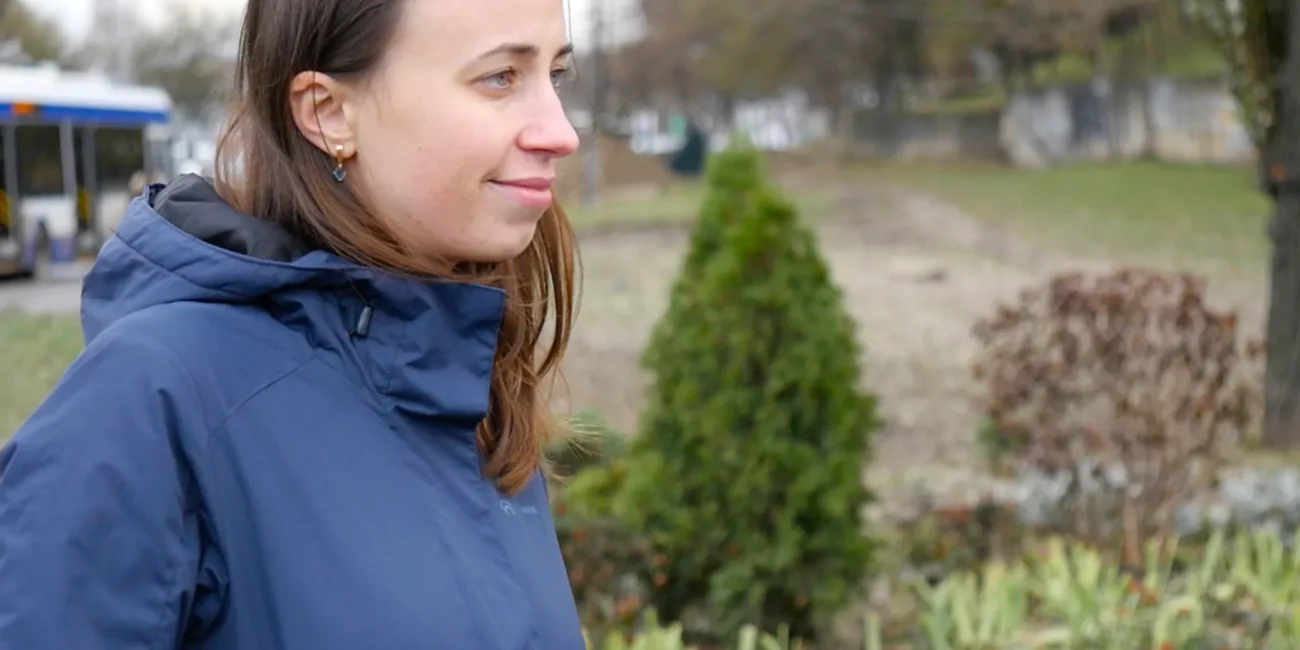
Catalina says that Chisinau was first mentioned in 1436. She then tells a popular tale of how the city was founded here. Most people believe that Chisinau refers to the archaic word ‘chisla noua,’ which means the new spring. According to the story, the spring used to flow nearby. Right here, the first houses of Chisinau were, presumably, built.
However, the architect and historian Sergius Ciocanu will debunk this widely known and beloved tale with historical facts. “It is a fiction from the 19th century when many people tried to understand the origin and etymology of the city’s name,” Ciocanu explains. One of the proofs why this story cannot be true is that the meaning of “water spring” was given to the word “kishla/chisla” only in the 20th century.
But the truth is that the old spring did exist here, in the territory of the nearby Mazarachi church, until the end of the 19th century. It was, in fact, the largest spring in the city’s territory, Ciocanu confirms. So, there is a mystery, and there is misinformation.
The Orthodox church, built in the mid-1700s, stands on top of the hill to this day. Today, towering apartment buildings overshadow possibly the city’s oldest preserved building and church. We can barely see the green roof of the white bell tower. Miraculously, the church survived the 1802 earthquake that destroyed the other places of worship in Chisinau.
We propose to visit it to get a sense of what life here could have been like some 300 years ago, but Catalina brings our hopes down. She has tried to get through the church’s gates but with little luck. Locals have the perception that outsiders are not welcome here.
To our surprise, the gates are wide open, and nobody seems to care about our presence. Slowly, step by step, we approach the bright white building. Quietly, children play in the churchyard. A woman dusts off a cloth, notices us, and slips back inside. Nobody asks us to leave, so we pull the church’s front door. Though closed, we are amazed that we were allowed to wander here. Even the current priest of the church, Father Andrew, comes to greet us. Tourists are welcome, just like the locals, of course!
“The city of Chisinau was founded on this site,” he proudly tells us. Father Andrew reminds us how the old believers’ community took over the church in the mid-1900s and renovated it. “In Soviet times, these high-rise buildings were deliberately built,” he adds. The religious communities were generally frowned upon by the Soviet administration.
Nevertheless, Mazarachi was one of the very few churches that did not close during the Soviet Union.

Deleted history
“During Soviet times, no one wanted Moldovans to know their history and heritage,” Anastasia Taburceanu tells us. For years, she has run a website that promotes discovering Chisinau. Historical buildings are often not preserved well, left to dilapidate or brutally reconstructed.
“The fancy buildings in the city were built by influential families of those times; they usually were a mix of Romanians, Armenians, Greeks, Turks, Jews, and Russians. Of course, the Soviets didn’t want anyone to know about that; the history had to be erased,” Anastasia explains.
In her free time, she wanders around Chisinau, looking for fascinating buildings and trying to recover their stories. She particularly likes the house in the center, at Veronica Micle 10, which belonged to the Sinadino family. It’s a short walk from the government building.
On a busy street, locals come here to dine or drink in a bar nearby. This house gets almost no attention from passersby. Nor does it get much attention from its current owners. The blue house is falling apart.

The first information about this building dates to 1868. “When I saw the name Sinadino linked to the history of this house, I jumped,” Taburceanu writes in her blog.
The Sinadino family was originally from Greece. In the late 19th century, two brothers, Ivan and Victor Sinadino, constructed a church using their resources as a tribute to their parents. We know it today from the city center as the Church of St. Great Martyr Panteleimon.
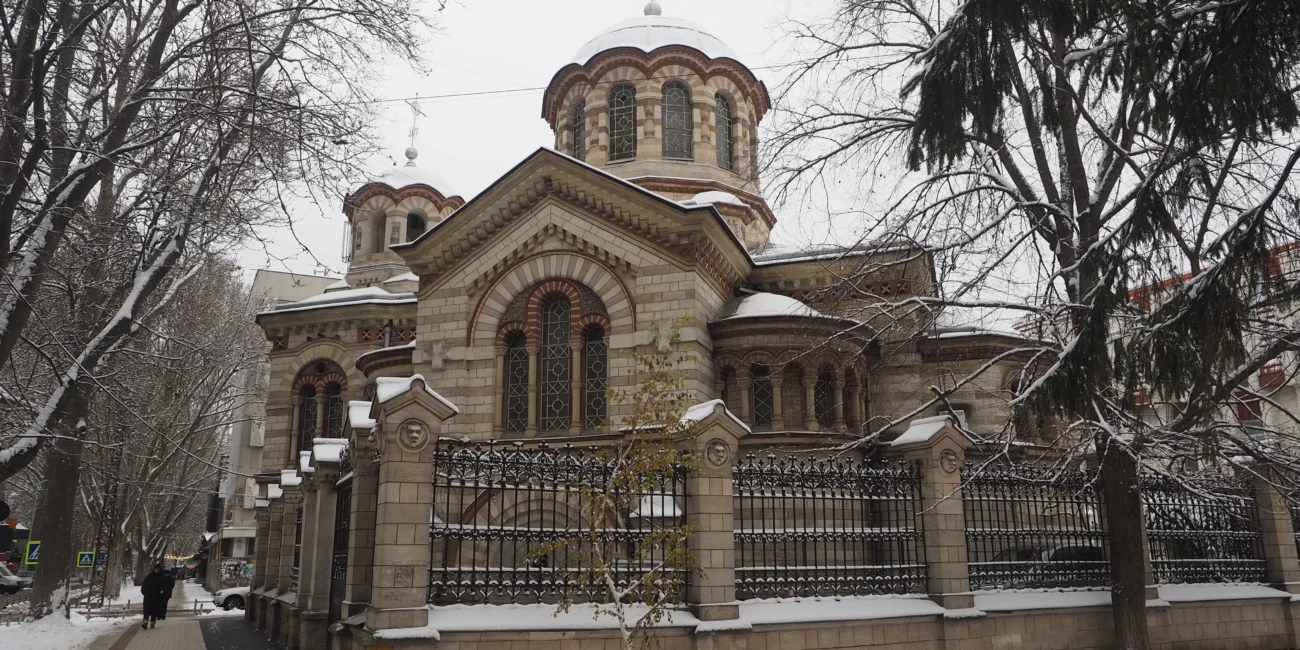
The Soviets once used this same church as a wine-tasting venue, historian Ciocanu told us later.
Pantelimon I. Sinadino, the father of two brothers, served as the mayor of Chisinau. The family established banks and a maritime company. Remarkably, one of their sons, Pantelimon V. Sinadino, followed in his grandfather’s footsteps by becoming the mayor of Chisinau too.
Inspired by Anastasia’s tales, we knock on the door of the blue house, now an office building. We ask its residents if they know anything about this building. “No,” is the quick and laconic answer. Before the door closes behind us, we walk down its corridor, taking a moment to capture the atmosphere here in a dim light. If only these dusty walls could talk…
The Sinadino dynasty has a sad ending, just like the building they once inhabited. Pantelimon V. Sinadino was captured and killed by the Soviets.
A lonely mansion
One of the most beautiful buildings of Chisinau, Villa Herza, stands on the main street of Chisinau, across from the Moldovan presidential palace. This brownish-yellow mansion with Viennese Baroque elements looks great from the outside but is decaying from the inside. Back in 1905, a nobleman named Vladimir Herza, a lawyer, politician, and cultural figure, had it built.
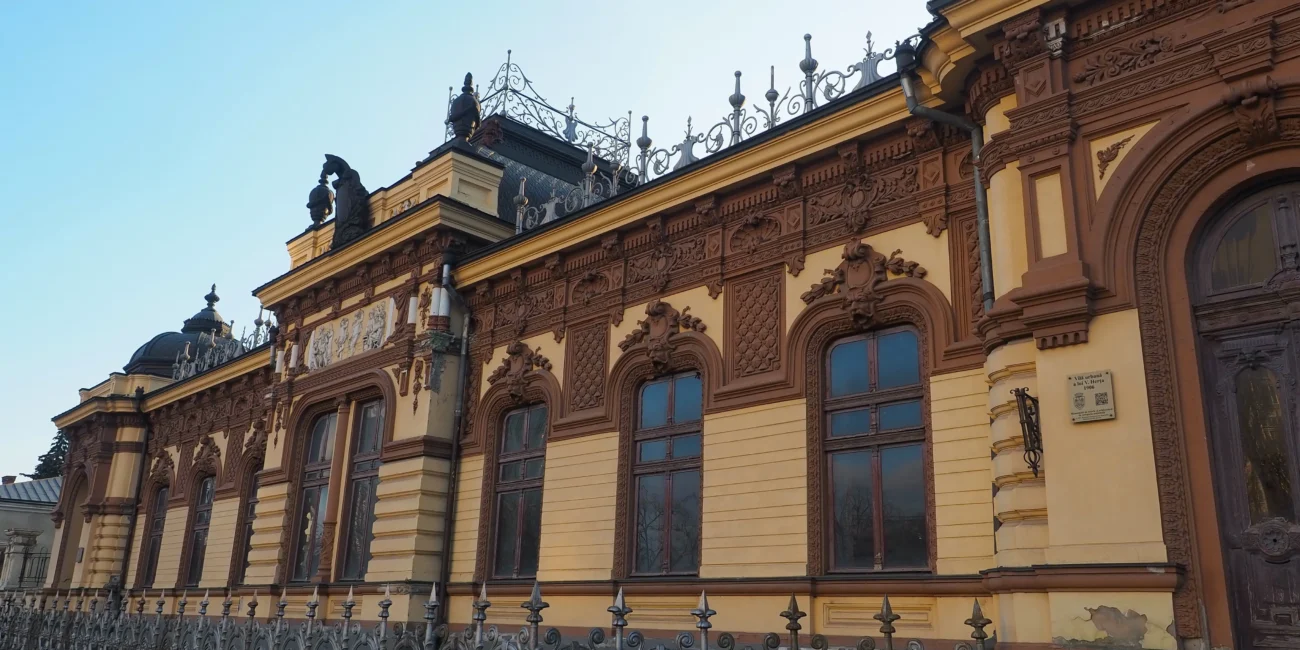
The Ministry of Culture permits us to get in there. As we walk in, the beauty strikes us but makes us wary. Once shaken by an earthquake, the ceilings are crumbling above our heads.

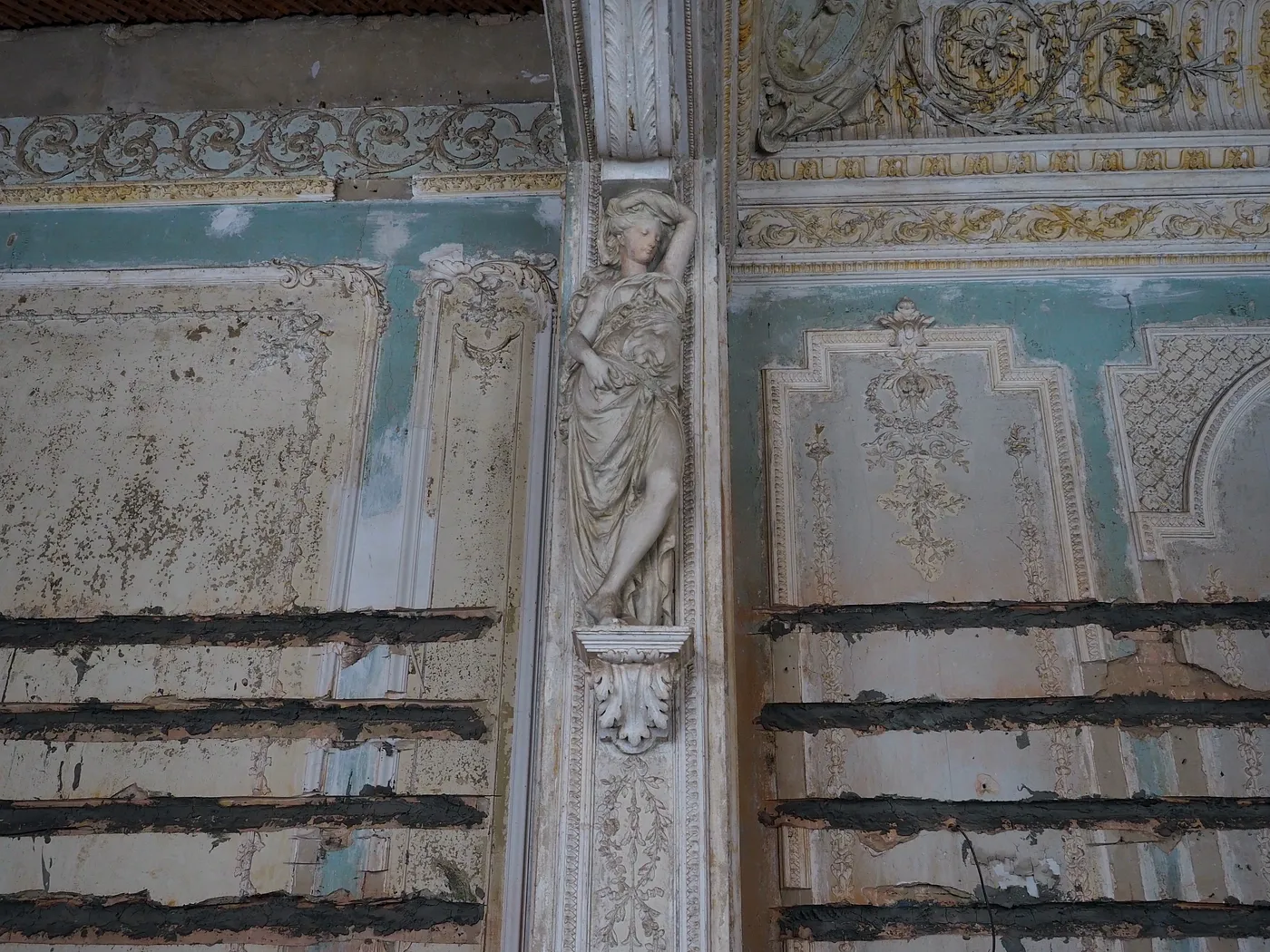
Someone has carved long lines across the walls. A woman’s statue on the wall looks down at us. We hear the trolley bus stopping on the other side of the window.
Vladimir Herza wore many hats, even serving as the mayor of Chisinau. His villa had quite a journey; it served as a home for officers, transformed into a modern theatre, and later became the headquarters for the Ministry of Bessarabia. After Vladimir Herza died, his mansion was reborn as an art gallery.
It now has a single guard as its companion and a blowing wind. But the locals wish to restore it. Maybe it’s not too late.
Saving the City’s History
The NGO Save Chisinau lobbies to make constructing high — and tacky — buildings in the old center more difficult. “But of course, people still find their ways, as you can see,” says Anetta Dabija, the driving force behind the NGO. There is a significant lack of information about the city. Only a few researchers are trying to acquire the documents from the archives. But many papers are in Russia or Romania, making them difficult to reach.
We meet with Anetta Dabija in front of the Cheșco-Cazimir mansion in the city center, next to the Artcor creative hub. Anetta is a walking storybook herself.
She looks at the mansion and tells us that one of its owners was Natalia Cheșco, who visited this building very often and later became the Queen of Serbia. The mansion, again, is in a bad shape. In many other cities, this story would be written on glossy posters and brochures handed to you at tourist centers. Here — you have to know the right people to find out.
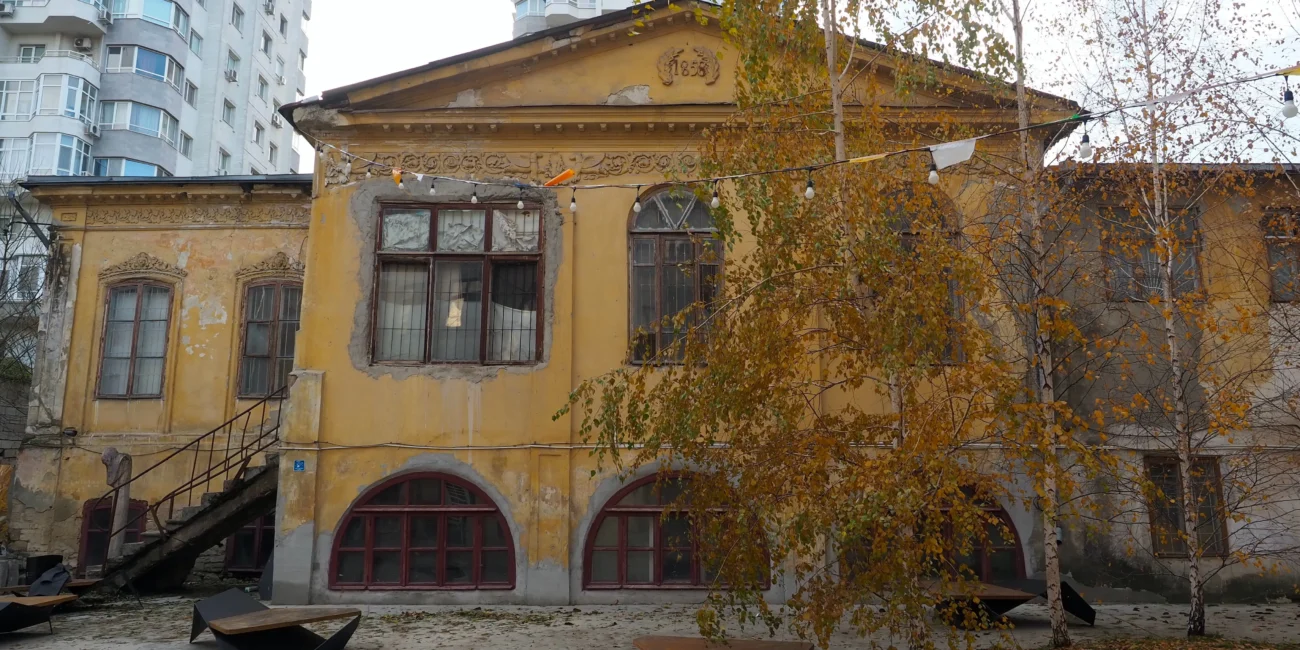
Anetta tells us that locals themselves are the most critical about their city. In her view, it simply means they didn’t take time to discover it. She believes plenty of spots make you fall in love with Chisinau.
“You cannot say it’s not a nice city!” she exclaims passionately. “You cannot not love Chisinau, especially in spring!”
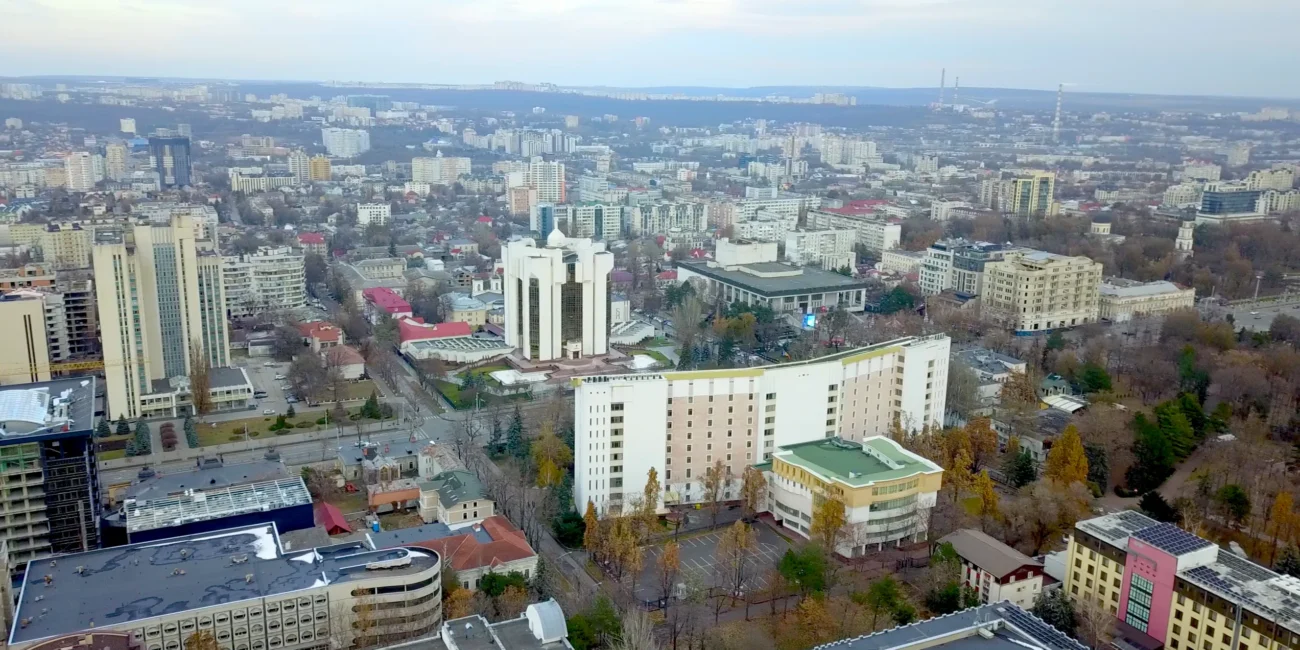


Leave a Reply